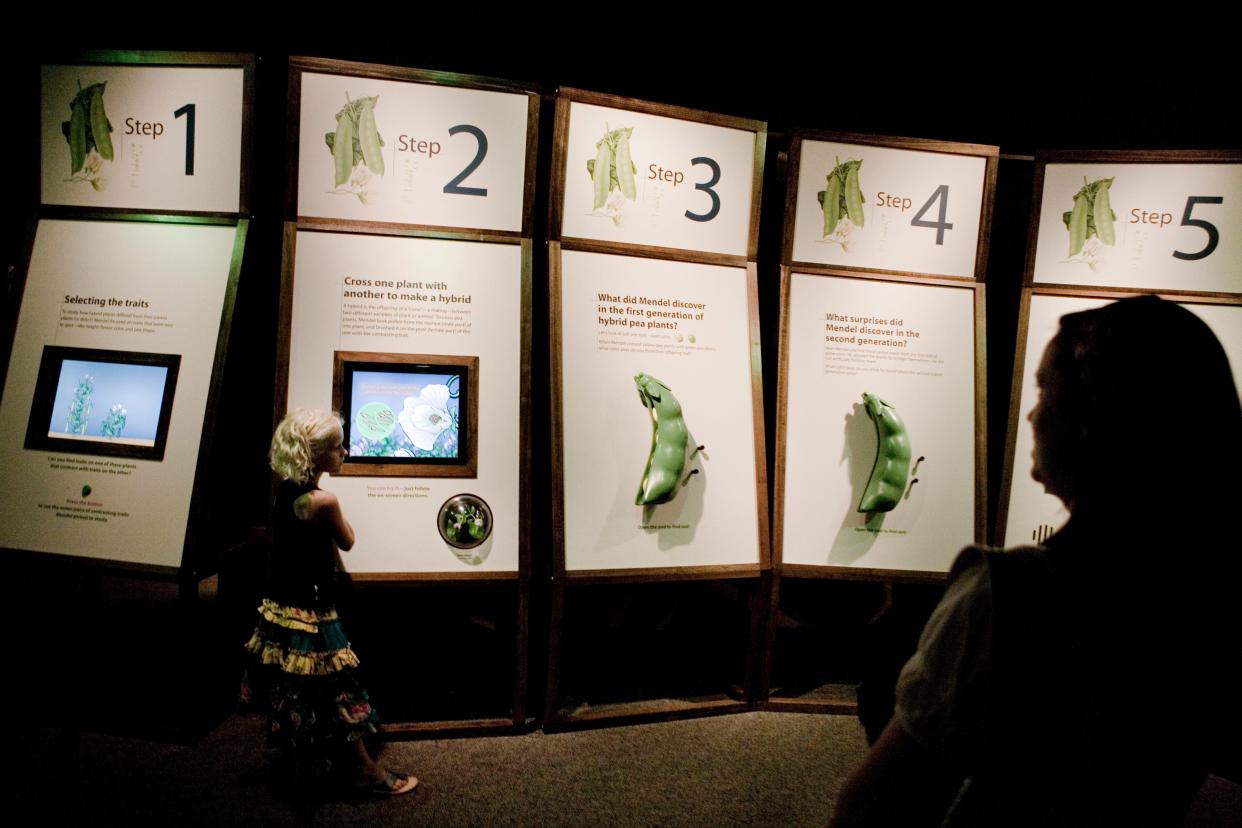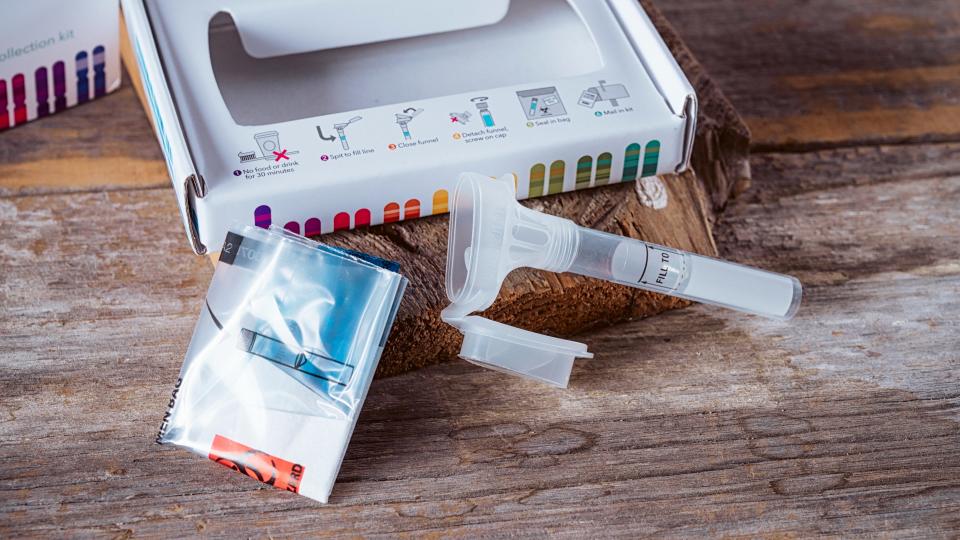Ancestry tests are used to deepen divisions when they are misinterpreted

This year is the 200th birthday of Gregor Mendel, the “father of genetics,” who spent eight years breeding pea plants and developing the Mendelian laws, which show how traits are passed down through generations. He progressed our knowledge on inheritance through decades of discovery and dedication, and his efforts have allowed our modern world to perform ancestry tests through DNA.
But while ancestry testing is on the rise, people are failing to recognize individuals who are warping the results to fit their own interpretations of discrimination. To address this issue, we must first observe the different types of ancestry testing in order to identify how these results are twisted into false claims of race and culture.
Genetic ancestry tests utilize the differences in several different types of DNA to find traits that help people understand their own identities and lineage. Three main types of ancestry testing can be categorized based on the types of DNA: mitochondrial DNA (mtDNA), the Y chromosome and autosomal DNA.

The first method of DNA testing exploits the mtDNA passed down from mothers to their children, limiting these tests to finding only maternal lineage. In contrast, Y chromosome testing uses the sex chromosome specific to males. However, as both the mtDNA and the Y chromosome lack recombination and therefore show only maternal or paternal lineage, they are generally used in inferring the migration history of human populations.
Autosomal DNA testing, on the other hand, examines the variation of autosomes (the non-sex chromosomes) and compares it to genetic features of reference populations. Unlike Y chromosomes and mtDNA, autosomes are inherited from both parents, allowing for this method to find ethnicity estimates and an elaborate family tree more accurately compared to the previous two methods. As a result, most companies that administer genetic ancestry tests use this method over the others.
However, genetic testing has its shortcomings. Many companies administer and distribute ancestry tests, yet most of them use hyper-aggressive marketing for profit, with results blindly compared to existing databases that are incomplete and misrepresent ethnicities, i.e., they are more Eurocentric and are comparatively more imprecise with data for other regions.
Additionally, human traits are too complex, and our genetics can’t be read well even with modern technology. Combined with the fact that most companies don’t use all three types of testing, inaccuracy is inevitable.
For example, if a test reports someone to be 10% Asian, that person is not necessarily Asian. It only means a certain portion of their DNA matches genetic Asian features of the company’s database.
However, as the data is portrayed as a chart over an in-depth analysis, the average person will likely think they have Asian ancestry since they lack the knowledge needed to properly interpret the data. These misinterpretations make way for wasted money and misinformed identities, and this contributes to perpetuating innate racial differences and cultural inequality.
This inequality will ruin humanity. Inequality stemmed from the splits of political wealth and power. It is shown actively in the present, particularly in the Russian-Ukrainian war raging on in Europe. Though humans can have different skin tones, speak different languages or have different genders, we all share 99.9% of our DNA. Our inherent DNA is blind to these manmade divisions and shows our unity as one species.
Science is a way we relate things to each other. Whether it’s through elements reacting, forces clashing or species interlocking, we use it to find explanations for every and any phenomenon. But it is also a bond, a way to form new ties and mend old wounds to form a better society. Yet ancestry tests are used to deepen divisions when they are misinterpreted.
As we celebrate Mendel’s 200th birthday, we must stay wary of the dangers of reading ancestry tests and the animosity that arises from the misconceptions. It is only then that our cycle of inequality and division can come to an end. And that is always for the best; after all, we are one race — human.
Yoo-Min Koh is a freshman at Gainesville High School.
Join the conversation
Send a letter to the editor (up to 200 words) to letters@gainesville.com. Letters must include the writer's full name and city of residence. Additional guidelines for submitting letters and longer guest columns can be found at bit.ly/sunopinionguidelines.
Journalism matters. Your support matters.
Get a digital subscription to the Gainesville Sun. Includes must-see content on Gainesville.com and Gatorsports.com, breaking news and updates on all your devices, and access to the eEdition. Visit www.gainesville.com/subscribenow to sign up.
This article originally appeared on The Gainesville Sun: Yoo-Min Koh: Ancestry tests can deepen divisions when misinterpreted

